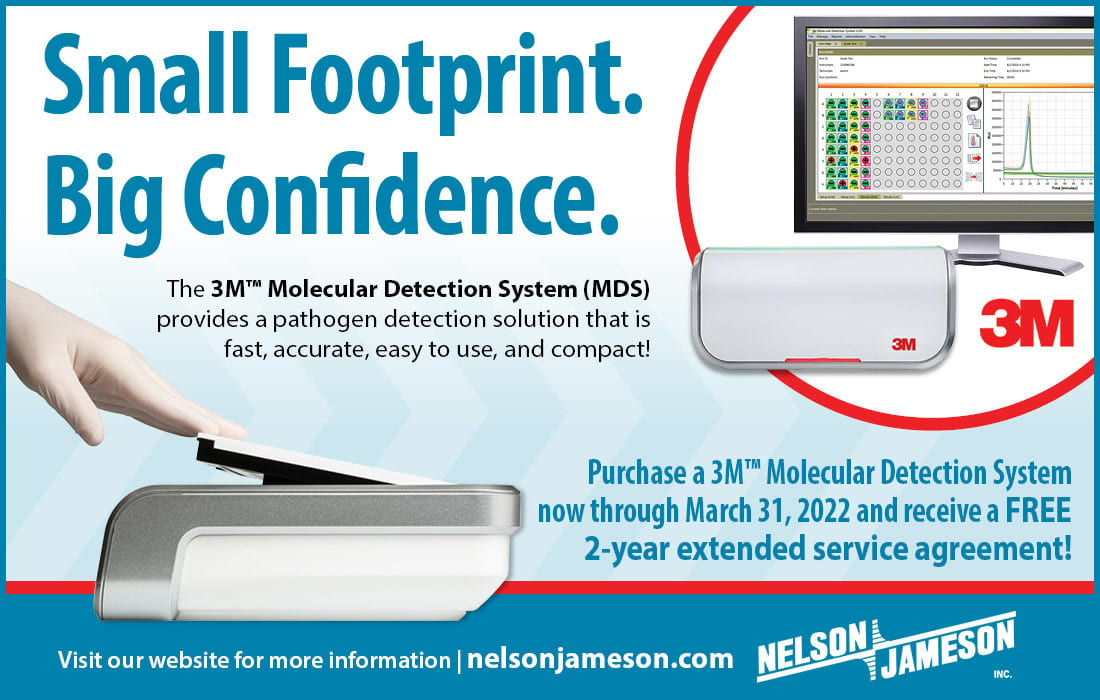low sodium
TECH
How to solve the
low-salt merchandising riddle
Lower-salt meat and poultry products may attract the expanding base of older and wellness-focused shoppers, but retailers may have a tough time marketing them.
Spotlighting sodium, or the lack of it, in meat and poultry is an increasingly important and often challenging endeavor for retailers and processors.
Because excessive salt consumption increases the risk of high blood pressure, heart disease and stroke, merchandisers are offering more proteins containing lower amounts of sodium as they seek to attract the large band of health-conscious shoppers. Yet, with salt content still not top of mind for many people, operators must consider the benefits of devoting limited store and product space to sodium-related issues.
In fact, April 2021 consumer research by 210 Analytics LLC, a San Antonio-based market research and marketing strategies firm, found that sodium data is the sixth-most desired on-pack nutrient information for meat and poultry, trailing protein, total fat, sugar, calories and cholesterol.
Yet, growing shopper interest in having callouts of product attributes on meat and poultry makes spotlighting sodium more desirable, says Anne-Marie Roerink, 210 Analytics principal. “The importance of low or lower sodium callouts tend to rise with age,” she says. “People with heart issues are often following low-sodium diets, and there is an opportunity to bring them flavorful items with lower levels of sodium.”
While fresh, unprocessed meat and poultry typically has low sodium levels, processors often add salt to the proteins to enhance taste and help prevent microbial growth, reports the Washington, D.C.-based North American Meat Institute (NAMI). Adding salt also better enables processors to extract salt-soluble meat proteins for emulsion stability; to enhance water-holding ability; to decrease the loss of moisture during cooking and storage of whole-muscle cuts such as chops, roasts and hams; and to help bind proteins in processed meats and function as a binding agent between meat and fat emulsions, NAMI states.
By richard Mitchell
Contributing writer
Because many consumers still may perceive low-sodium meat and poultry as being bland or poor tasting, merchandisers should primarily spotlight the advantages of such selections
Be creative in educating the consumer
Versions of lower-sodium products such as lunch meats, processed and value-added selections and ham, attract shoppers who are sensitive to sodium content and might have previously “automatically written off” such items, Roerink says.
But with meat and poultry packages and supermarket meat departments frequently lacking the real estate to sufficiently spotlight lower-salt products, it can be difficult for merchandisers to properly emphasize the selections, she says.
“Store signage is usually reserved for calling out promotions, brands or production claims such as grass-fed or organic, so it is easier for the lower-sodium message to go unnoticed to consumers,” Roerink says, adding that attaching low-salt messaging to packages can make it more difficult for shoppers to view the meat.
It often is more effective to highlight lower-salt products on the retailers’ and brands’ websites, which makes it easier for consumers to decipher while helping to reduce the clutter of in-store marketing vehicles such as shelf tags and promotional signs.
Merchandisers can further educate consumers about the availability and benefits of low- or lower-sodium meats by hooking into established heart health campaigns, such as February’s American Heart Month, or teaming with spice and flavor specialists to publicize the availability of low-salt products with favorable taste profiles, Roerink says.
Accentuate the positive product elements
Because many consumers still may perceive low-sodium meat and poultry as being bland or poor tasting, merchandisers should primarily spotlight the advantages of such selections, says Suzy Badaracco, president of Culinary Tides Inc., an Oakland Park, Fla.-based food industry forecasting think tank.
“Promote the benefit that the product offers instead of what it is missing as that would be seen as a negative, especially when it involves salt,” she says, adding that emphasizing heart health or incorporating such messaging as “all the natural goodness with nothing else added” could be especially attractive to lower-sodium shoppers.

